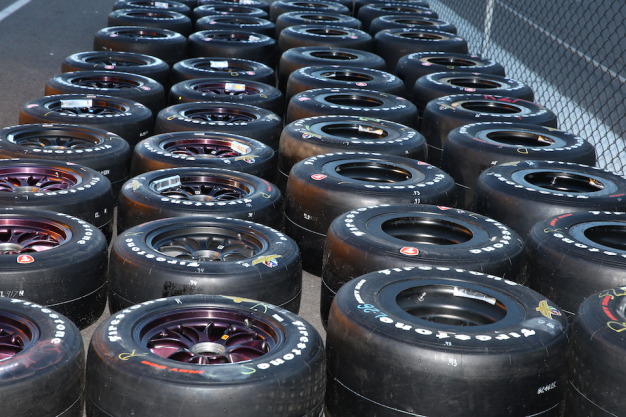Tech Tuesday: Laying down rubber
When we’re running speeds of 200-plus mph, it’s important to know we have the most reliable tires on our feet, so to speak. Thankfully, the Verizon IndyCar Series has a long-standing relationship with Firestone Racing both on the track and off (learn more here).
The tires on an IndyCar are far more than just bits of rubber… there is a ton of research, technology and innovation behind each one. Firestone Racing sends engineers and technicians to the track to collect data on the tires before, during and after each on-track stint. The race teams don’t get to keep their race-worn tires, as these are sent back with Firestone for further post-race evaluation. They are constantly looking for ways to improve the tires, which ultimately improves our performances! And all of that data doesn’t stay at the race track, either. Firestone uses the information learned via IndyCar on the development of their consumer tires, too.
If you watch an IndyCar race, you’ll hear the broadcasters talk about the three different types of Firestone Firehawk racing tires.
– Primary (“black”): used on ovals, street circuits, and road courses; more durable but less grip
– Alternate (“red”): used on street circuits and road courses; softer compound; allow for more speed but quicker to wear out
– Rain: used on street and road courses; treaded to increase grip in wet track conditions
Each tire compound is different, which gives us a slightly different car to work with on track–affecting everything from lap times to handling corners. Learn more from Firestone Racing here!

Photo via INDYCAR
Click here for more Tech Tuesday posts.


















